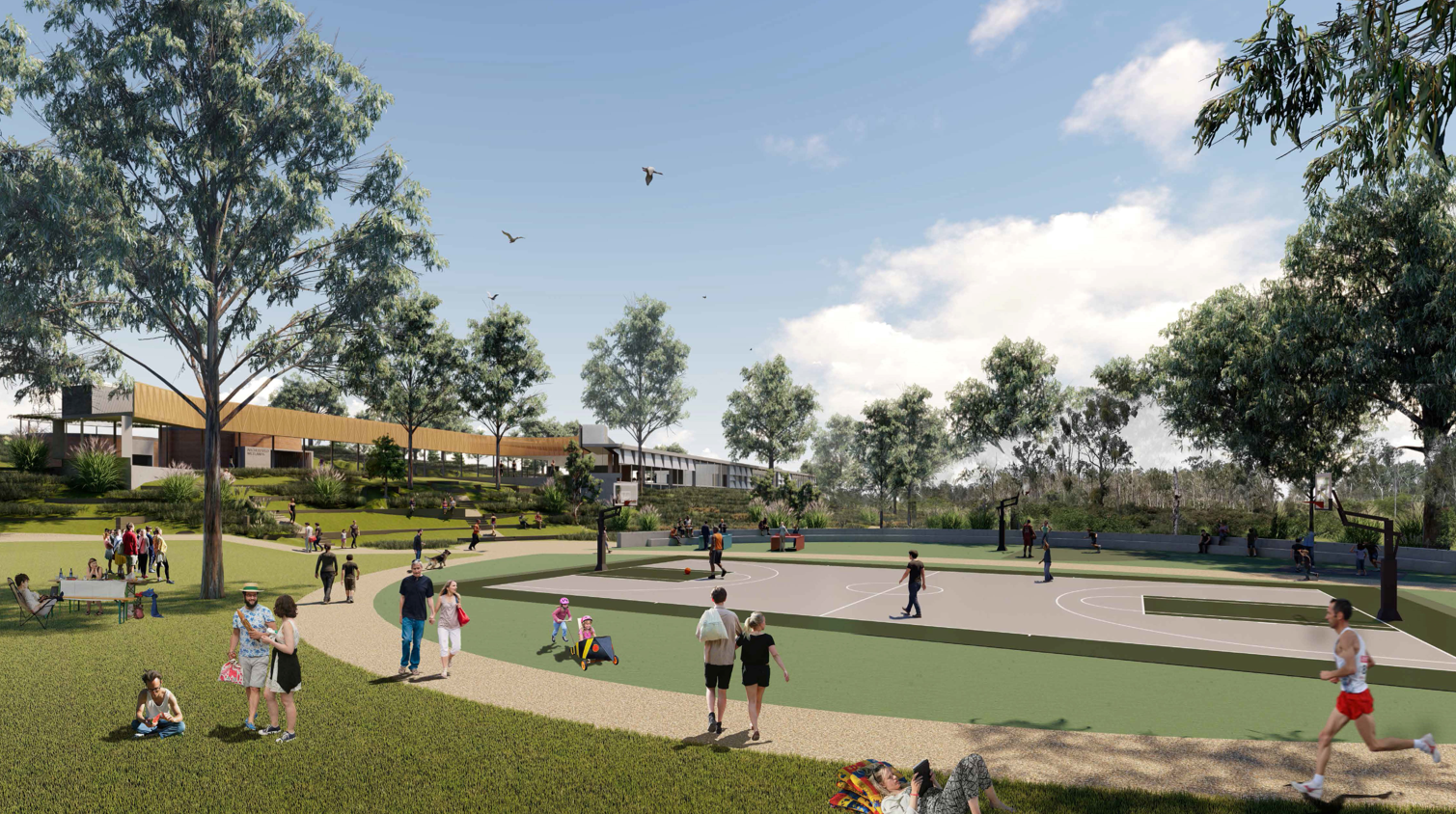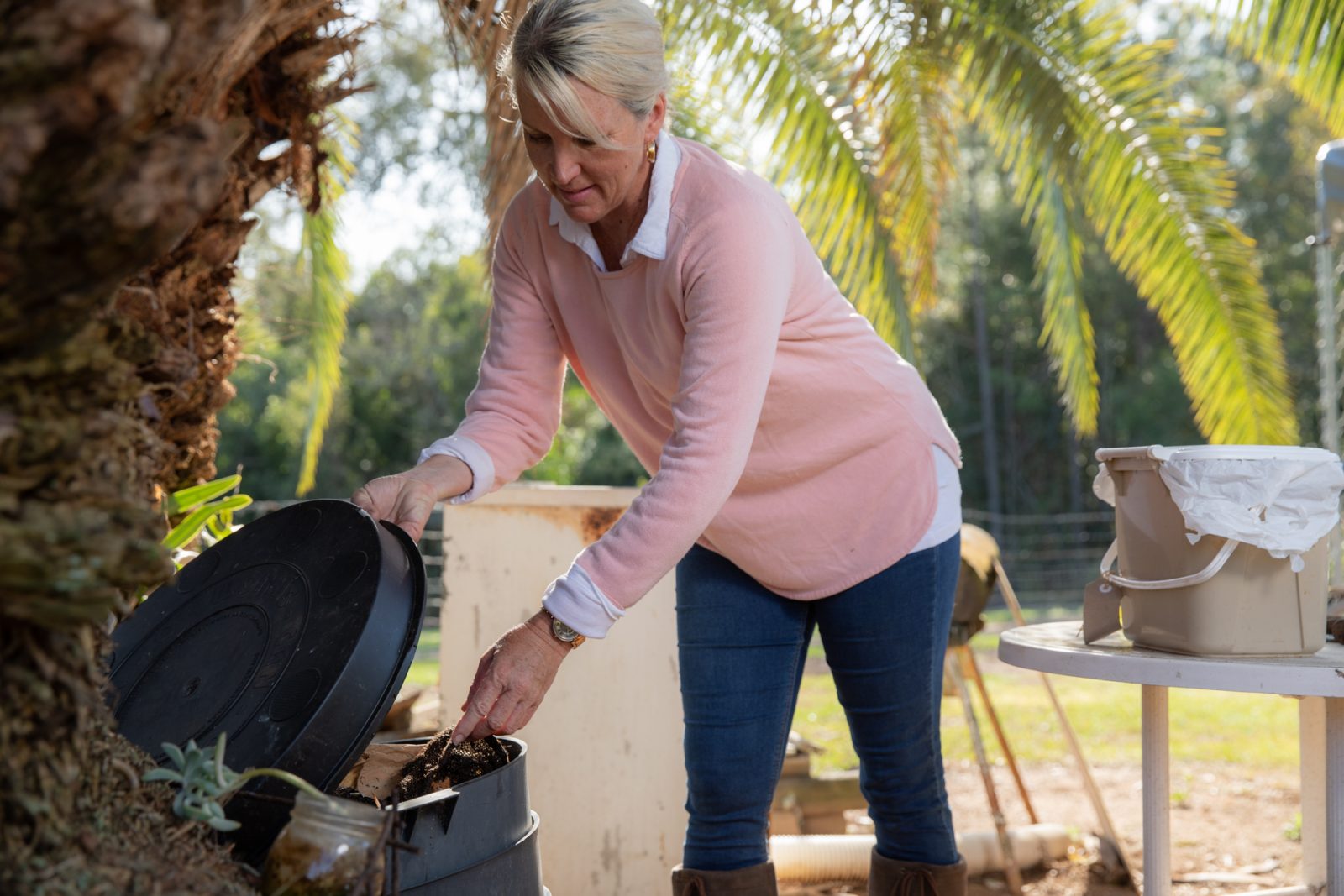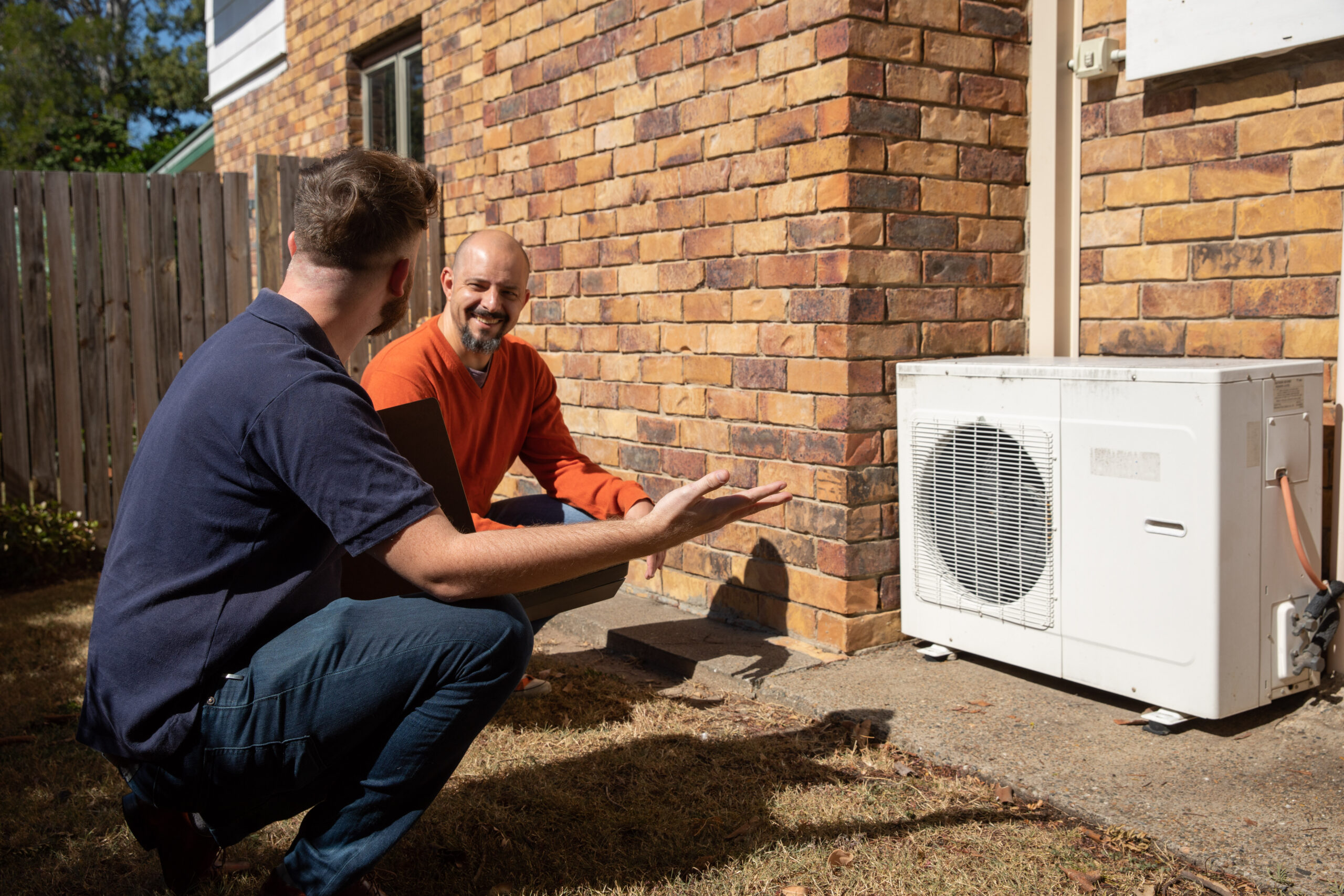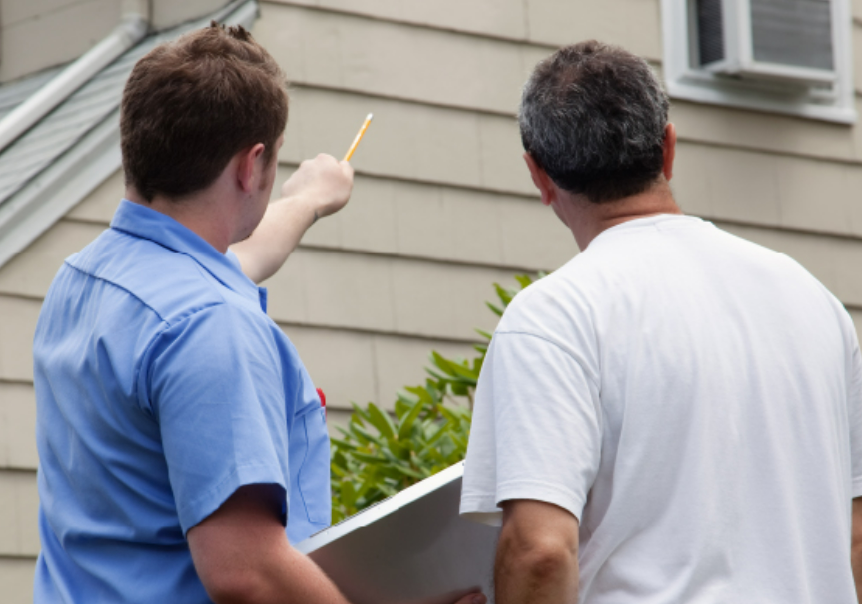The Gittus household
The story of a Brisbane Carbon Challenge champion household.
Household:
FAMILY
Dwelling:
HOUSE
Ownership:
OWN
Total emissions reduction: 45%
Original emissions:
18 tonnes
Transport: 5.1 tonnes
Energy: 12.3 tonnes
Waste: 0.7 tonnes
Reduced emissions:
9.9 tonnes
Transport: 3 tonnes
Energy: 6.5 tonnes
Waste: 0.4 tonnes
About the household
Ian and Mandy Gittus and their teenage children are renovating their 1970s West Brisbane house to be more sustainable. They jumped at the chance to participate in the Brisbane Carbon Challenge to learn about low-carbon improvements they could make to their home and lifestyle. While they are still working towards their ambitious goal of becoming a carbon-neutral household, the Gittuses made an impactful start by reducing their emissions by 45% in 12 months.
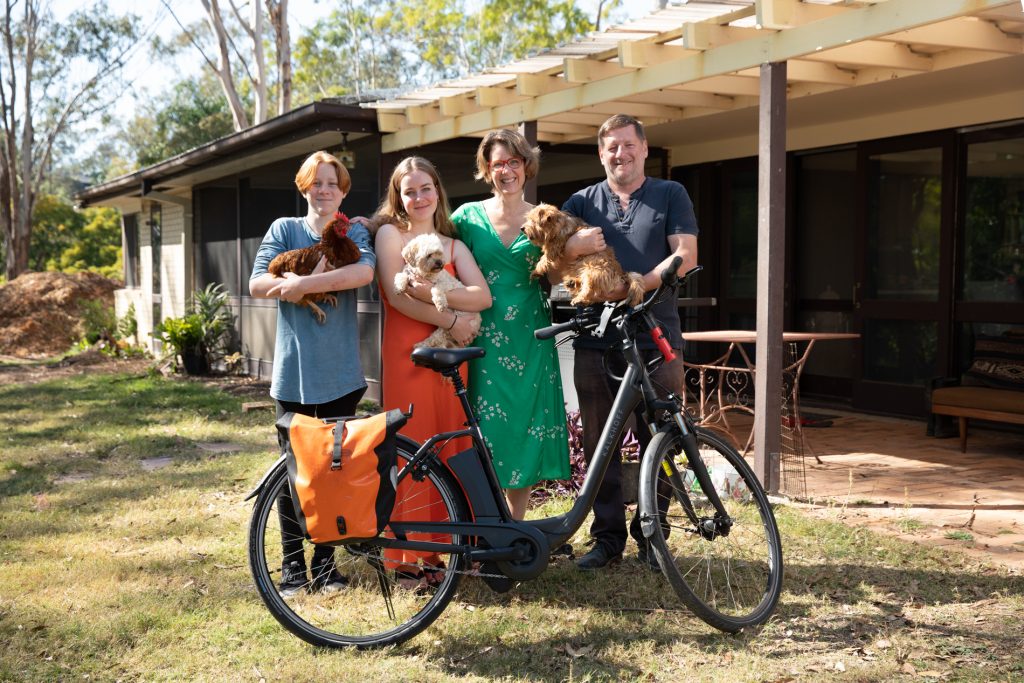
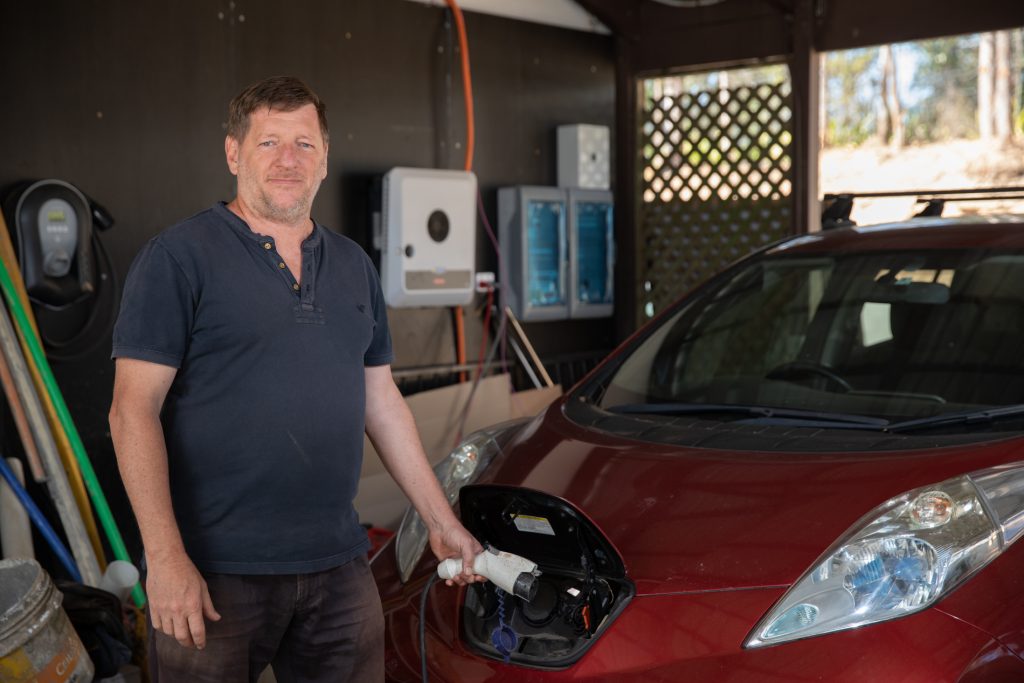
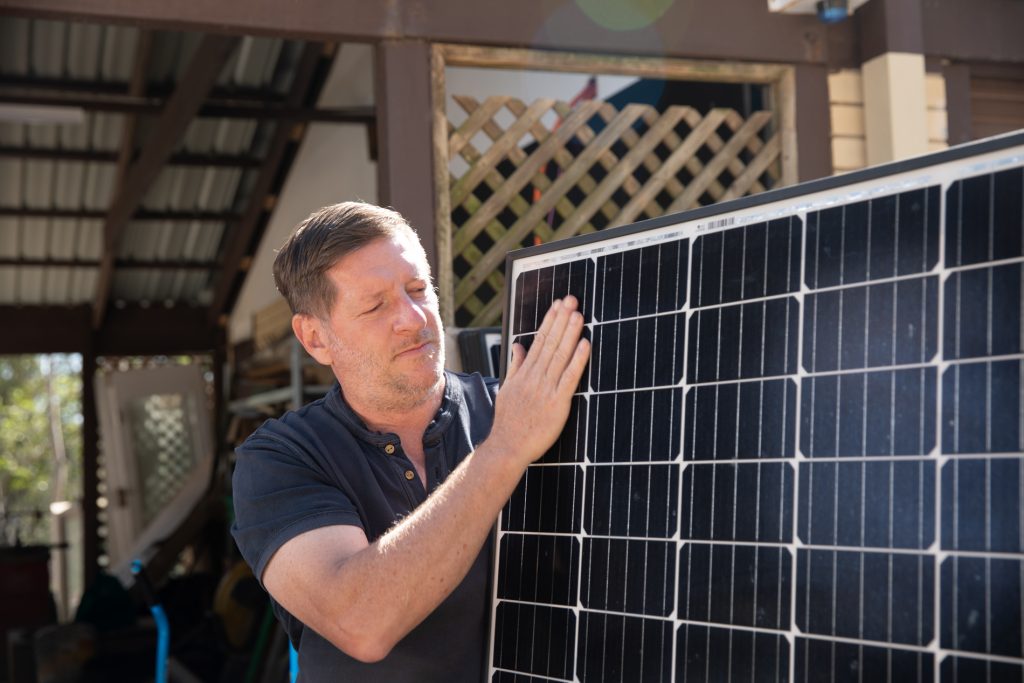
“Being aware of your energy usage is easy. Making conscious choices and acting with more regard for the environment is the key.”
Ian Gittus
Successes
Roof insulation for the win
One of the first improvements the Gittus household took to reduce their energy use was to pump roofing insulation into their cathedral ceilings over their main living and dining areas. This had an immediate result. According to Ian, “there was a massive change in the comfort of our home. The rooms were cooler in summer and warmer in winter. It reduced [our] heating and cooling expenses by a significant amount”. In fact, Mandy noticed that with the new insulation, the family hardly needed to use fans.
Paving the way for a vehicle-to-grid solution
Ian considers himself an early adopter, which proved true when he started investigating vehicle-to-grid technology as a solution for powering the home.
During the challenge, Ian upgraded his Nissan Leaf electric vehicle to a newer model equipped with a two-way battery charger so energy can flow both in and out of the car.
While the solution is not yet operational, the idea is the vehicle battery is charged during the day from his newly installed 24kW solar system and in the evening it will help power his home. This impressive, renewable solution will support the household’s transport and electricity needs.
Challenges
Reducing food waste with a busy schedule
With renovations, full-time work and a busy schedule, the Gittus family were less successful at reducing food waste than they would have liked. As Mandy and Ian had a lot going on, they could not always plan meals and often had leftovers, which was good news for the family’s “well-fed [backyard] chickens”.
Although they started the challenge with waste emissions slightly over the Brisbane average, the household managed to reduce this emission source by 29% despite the setbacks, which encouraged them to continue working on their waste emissions reduction.
The Gittuses’ low-carbon action plan:
- upgraded electric vehicle
- used E10 instead of petrol in their second vehicle
- adopted eco-driving techniques
- installed solar power system
- set up vehicle-to-grid system
- upgraded kitchen appliances to more efficient models
- installed ceiling insulation
- adjusted temperature set-point on air conditioner to 24 degrees in summer
- use fans instead of air conditioners
- upgraded lights to LED
- switched off lights when not in use
- switched off appliances at the wall when not in use
- installed low-flow showerheads
- reduced food waste
- gave food waste to chickens.

